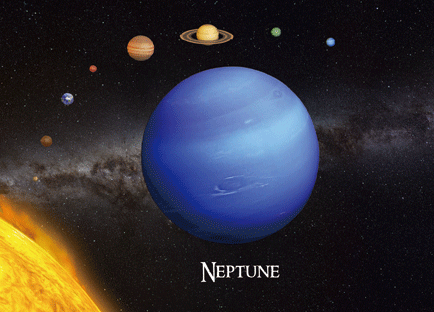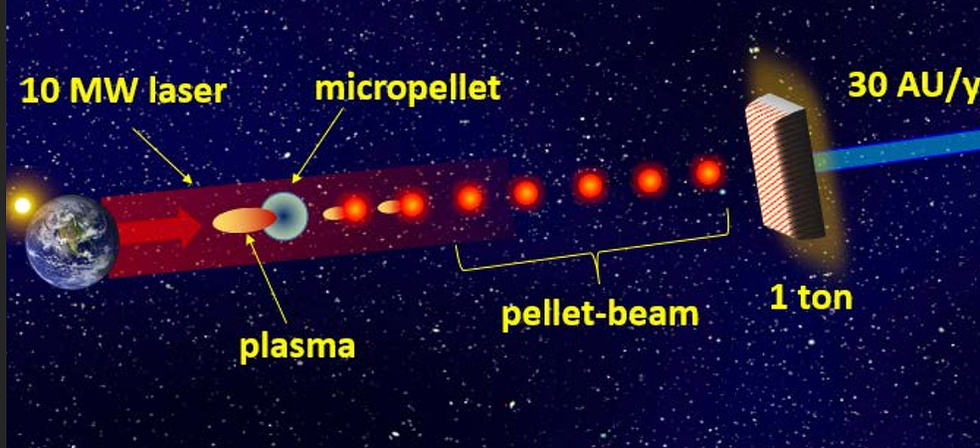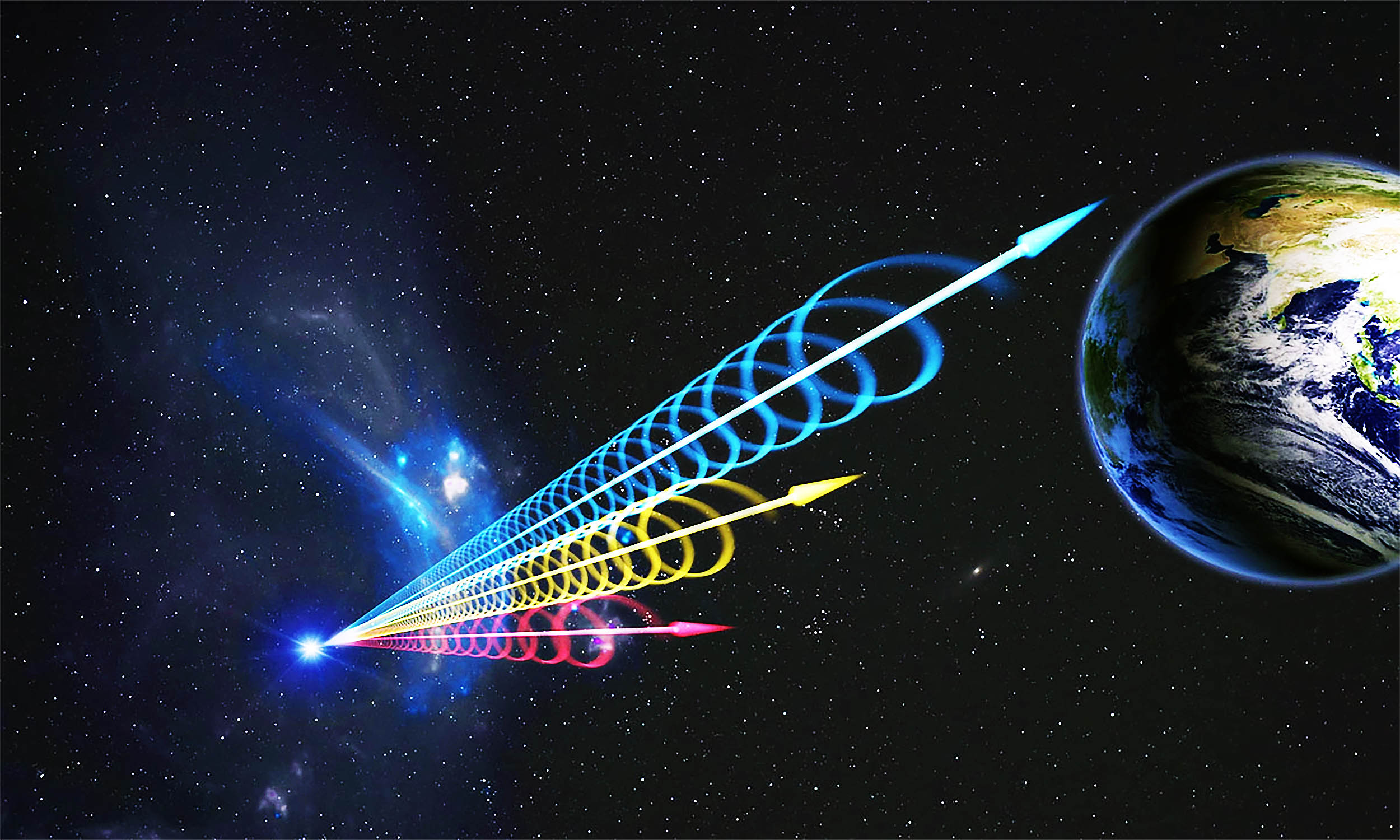Key takeaways:
- NASA’s NIAC program has granted $175,000 each to 14 innovative projects, aiming to make science fiction-inspired technologies like TitanAir and lunar oxygen pipelines a reality.
- A proposed laser-powered “pellet-beam” propulsion system could reduce travel time to Neptune to just one year, potentially reaching 500 AU (far beyond Pluto) in 15 years.
- Two other NIAC projects focus on nuclear propulsion, with one aiming to cut Mars travel time by 25% using Nuclear Thermal Propulsion (NTP), and another exploring highly efficient, though challenging, nuclear fission fragment engines (FFRE).
- These technologies aim to overcome the speed limits of conventional rockets, although chemical rockets will still be needed for escaping Earth’s gravity initially.
- While still in Phase I research, these advanced propulsion technologies have the potential to drastically change space exploration if proven viable through further testing and modeling.
__________________________
Pellet-beam propulsion could send spacecraft to Neptune in just 1 year.

NASA’s Innovative Advanced Concepts (NIAC) program, which is dedicated to exploring breakthrough space technologies, recently announced the recipients of its $175,000 grant aimed at transforming futuristic ideas into reality. Among the 14 innovative projects selected are concepts like TitanAir, a seaplane designed to explore Saturn’s moon Titan, and lunar pipelines for transporting oxygen between moon settlements. But the most groundbreaking proposals focus on reimagining space travel, aiming to significantly cut travel times between celestial bodies.

NASA Administrator Bill Nelson praised NIAC’s mission, saying, “NASA dares to make the impossible possible.” A key part of this mission is to overcome the biggest challenge in space exploration: how to travel faster between points in space.
Pellet-Beam Propulsion: A Game Changer in Space Travel
One of the most ambitious projects selected by NIAC is called “pellet-beam propulsion,” led by Artur Davoyan from UCLA. This innovative concept aims to dramatically reduce the time it takes to travel through space. Current spacecraft, such as the Voyager missions, travel at just 3.6 astronomical units (AU) per year, meaning it took nearly half a human lifetime to reach the edge of our solar system. Davoyan’s pellet-beam propulsion, however, could potentially propel a one-ton spacecraft to Neptune’s orbit in just one year.
The system works similarly to solar sails, but instead of relying on sunlight, it uses fast-moving particles propelled by lasers. If successful, this technology could allow spacecraft to travel up to 500 AU in just 15 years—far surpassing the speed of current spacecraft. The Phase I investigation of this project will focus on modeling the technology’s subsystems and conducting proof-of-concept studies to validate these bold claims.
Nuclear Propulsion: Another Path to Faster Space Travel
In addition to the pellet-beam propulsion, two other projects selected by NIAC focus on nuclear-based propulsion technologies, which could further revolutionize space travel. The first, a new class of Nuclear Thermal Propulsion (NTP) engines, would use fission power to drastically cut travel times to Mars by at least 25%. NTP engines are well-known in the space community for their potential to outpace conventional chemical rockets.
Another nuclear propulsion concept is the nuclear fission fragment rocket engine (FFRE). This system promises to be exponentially more efficient in fuel consumption than current rocket engines. However, the FFRE engine faces significant challenges, including its massive size, complexity, and thermal management. Positron Dynamics, a propulsion company, is working to overcome these hurdles and make the FFRE a viable option for future space missions.
A Future Beyond Chemical Rockets
While chemical rockets will still play a role in launching spacecraft out of Earth’s atmosphere, these new propulsion technologies signal NASA’s intent to move beyond current speed limitations. With NIAC’s support, these ambitious projects may one day make interplanetary and even interstellar travel much faster, bringing humanity one step closer to becoming a spacefaring civilization.




